RBNZ Assistant Governor Christian Hawkesby said in a speech, “while the demand side of the economy has been more resilient than expected when COVID-19 arrived, the disruption to the supply side of the economy has also been more prolonged than anticipated.” Also, the developments combined are “likely to have reduced the level of maximum sustainable employment”.
He reiterated that in the latest Monetary Policy Statement, it’s noted RBNZ had “more confidence that employment was already at its maximum sustainable level and that pressures on capacity would feed through into more persistent inflation pressures over the medium-term”.
Thus, the “least regrets policy stance” was to “further reduce the level of monetary stimulus so as to anchor inflation expectations and continue to contribute to maximum sustainable employment.” Also, ” whether or not a monetary policy response would be required in response to future health related lockdowns would depend on whether there was a more enduring impact on inflation and employment”




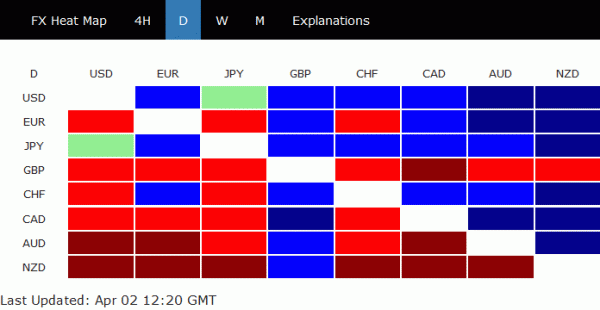
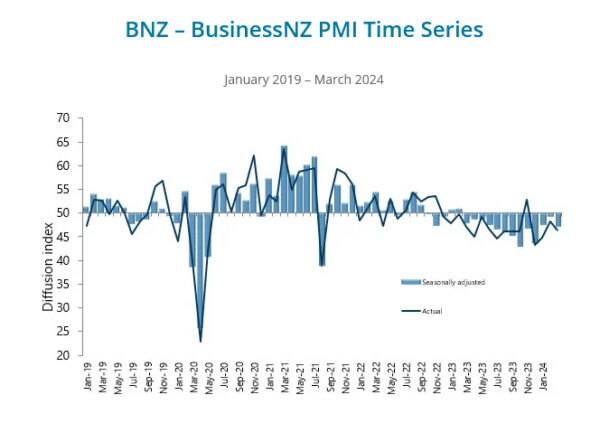

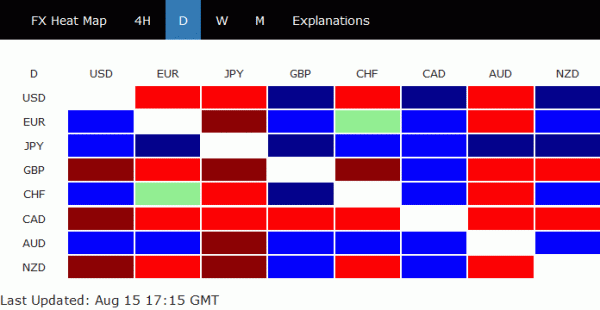
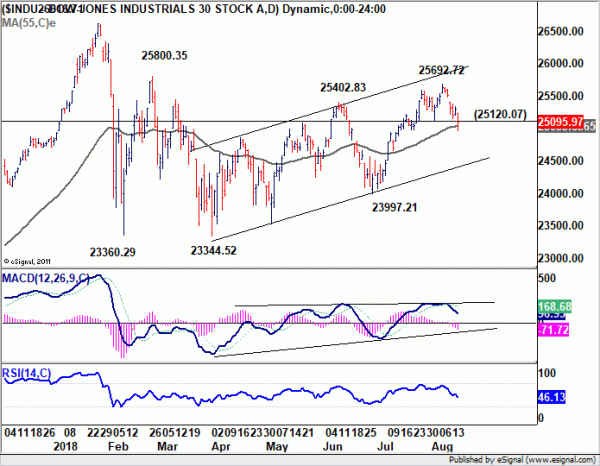
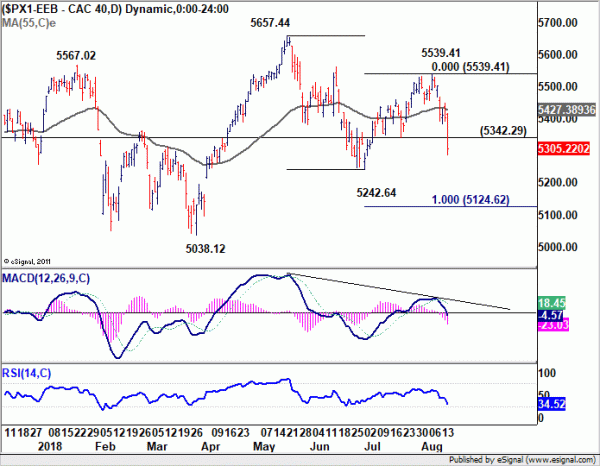
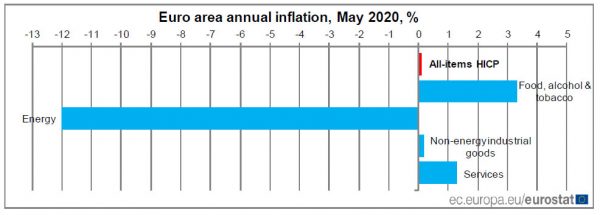
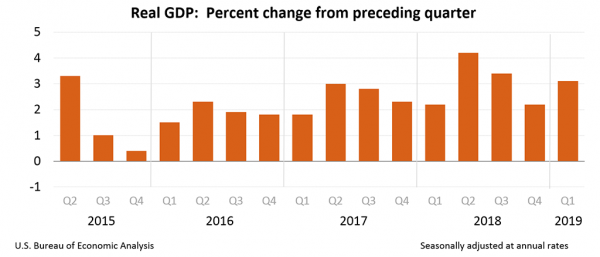
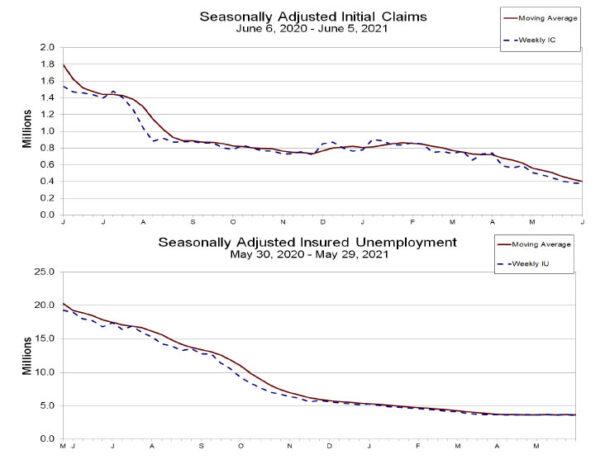
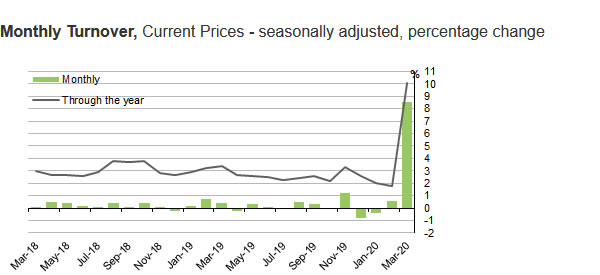
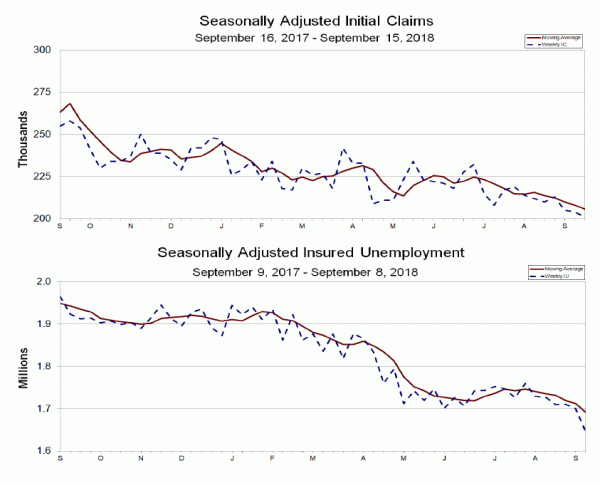
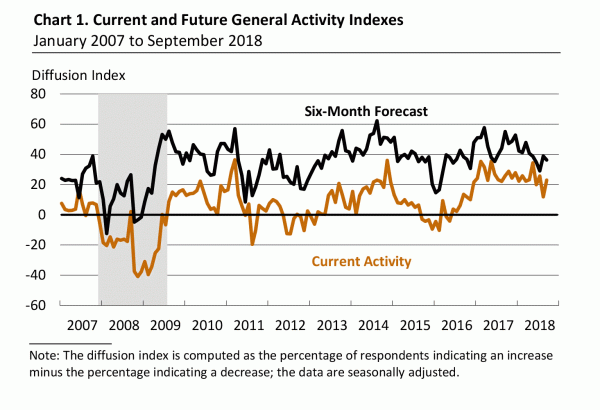

UK Hammond: Collaborative approach is generally more productive than a confrontational approach
UK Chancellor of Exchequer Philip Hammond said today that a “collaborative approach… is generally more productive than a confrontational approach, in dealing with Germans French and Italians. And, for a better Brexit deal, Hammond said it’s important to engage the partners. He added that “finding a mutually beneficial outcome is the only way forward. That is the firm intention of my government. Theresa May, the prime minister, has said so very clearly.”
That was in response to a recording of Foreign Minister Boris Johnson on Brexit approach, published by Buzzfeed. Johnson said “imagine Trump doing Brexit,” “there’d be all sorts of breakdowns, all sorts of chaos. Everyone would think he’d gone mad. But actually you might get somewhere. It’s a very, very good thought.”
Prime Minister Theresa May’s spokesman said that May “of course” still have confidence in John. And, “the PM believes that her cabinet and her government are working hard to deliver on the will of the people and working hard to take back control of our money, laws and our borders.”